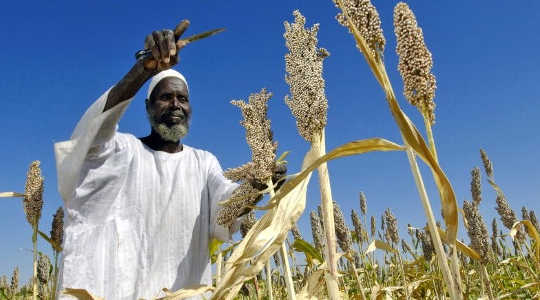 As global warming cuts crop yields, trade liberalisation in agricultural commodities will be needed to avoid food shortages and economic hardships.
As global warming cuts crop yields, trade liberalisation in agricultural commodities will be needed to avoid food shortages and economic hardships.
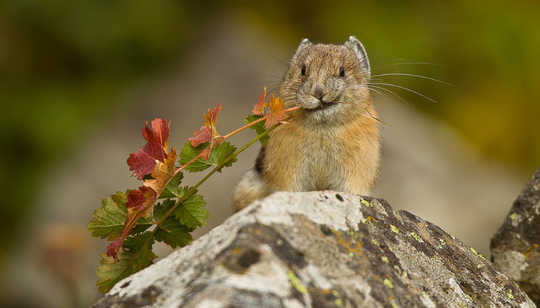 Trees are dying across Yosemite and Yellowstone national parks. Glaciers are melting in Glacier Bay National Park and Preserve in Alaska. Corals are bleaching in Virgin Islands National Park.
Trees are dying across Yosemite and Yellowstone national parks. Glaciers are melting in Glacier Bay National Park and Preserve in Alaska. Corals are bleaching in Virgin Islands National Park.
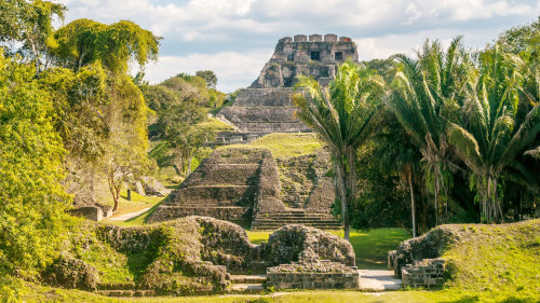 The role of drought in the fall of ancient Mayan civilisation highlights the vital need today for water management in fighting the impacts of climate change.
The role of drought in the fall of ancient Mayan civilisation highlights the vital need today for water management in fighting the impacts of climate change.
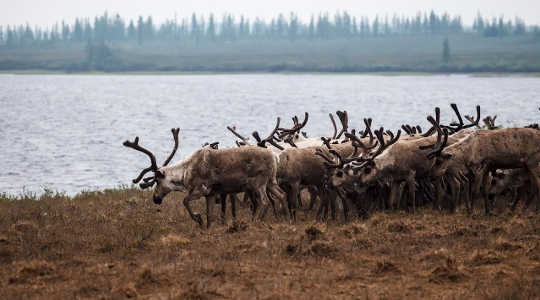 Record high temperatures in Arctic Russia are believed to be one of the main factors behind the emergence of the deadly anthrax disease in northwestern Siberia.
Record high temperatures in Arctic Russia are believed to be one of the main factors behind the emergence of the deadly anthrax disease in northwestern Siberia.
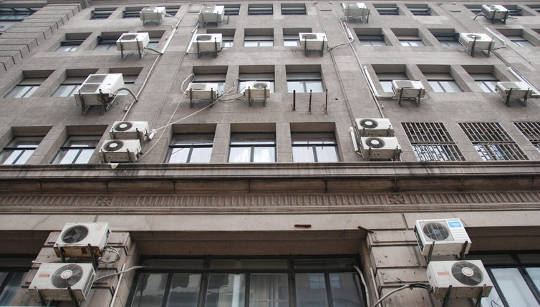 With a heat wave pushing the heat index well above 100 degrees Fahrenheit (38 Celsius) through much of the U.S., most of us are happy to stay indoors and crank the air conditioning.
With a heat wave pushing the heat index well above 100 degrees Fahrenheit (38 Celsius) through much of the U.S., most of us are happy to stay indoors and crank the air conditioning.
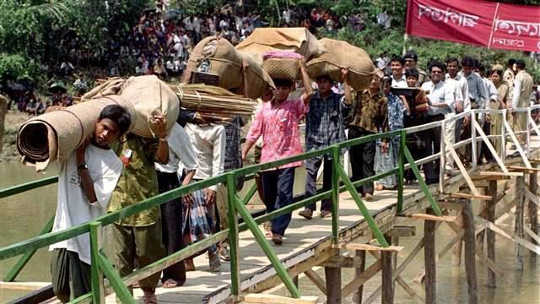 Ethicist Peter Singer told Q&A that climate change-related sea level rises are “estimated to cause something like 750 million refugees just moving away from that flooding”.
Ethicist Peter Singer told Q&A that climate change-related sea level rises are “estimated to cause something like 750 million refugees just moving away from that flooding”.
Southern Africa is noted for its wealth of biological diversity and for its high proportion of endemic species. These are species that are unique to a specific location and are found nowhere else in the world. Many of the region’s endemic species can be found in South Africa’s fynbos and succulent Karoo biomes.
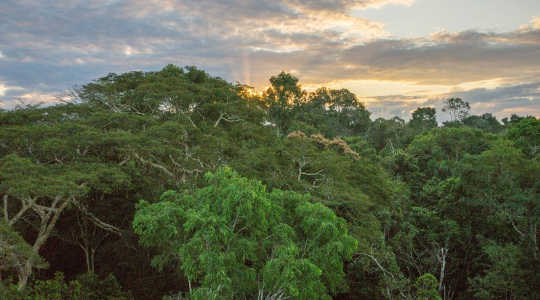 Serious tree loss and stunted growth caused by repeated droughts in the Amazon Basin have damaged the rainforest’s vital ability to store atmospheric carbon.
Serious tree loss and stunted growth caused by repeated droughts in the Amazon Basin have damaged the rainforest’s vital ability to store atmospheric carbon.
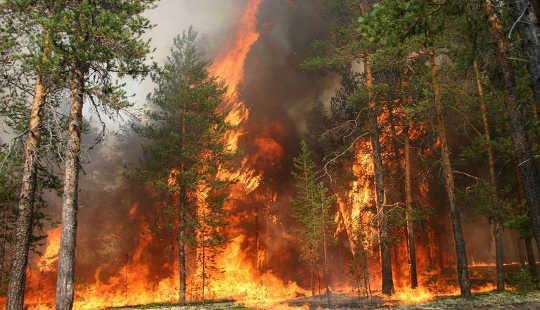 Every so often, in regions too remote for the TV cameras, satellite images reveal vast fires covering thousands of square kilometres in smoke. This is what’s happening in Siberia, right now.
Every so often, in regions too remote for the TV cameras, satellite images reveal vast fires covering thousands of square kilometres in smoke. This is what’s happening in Siberia, right now.
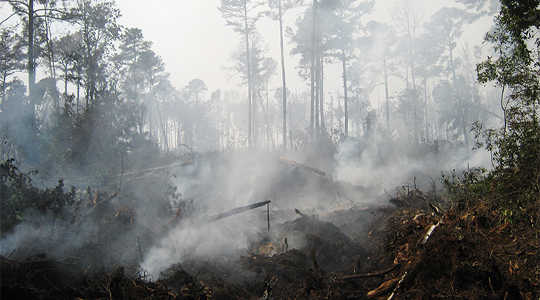 Smoldering peat gives off massive quantities of carbon dioxide and other pollutants, but the search for solutions is on.
Smoldering peat gives off massive quantities of carbon dioxide and other pollutants, but the search for solutions is on.
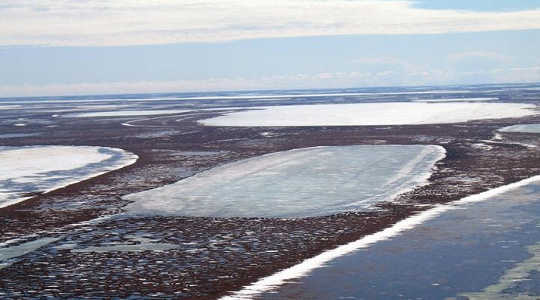 Researchers warn that thawing soils in the Arctic tundra’s permafrost will release increasing quantities of carbon dioxide and methane into the atmosphere.
Researchers warn that thawing soils in the Arctic tundra’s permafrost will release increasing quantities of carbon dioxide and methane into the atmosphere.
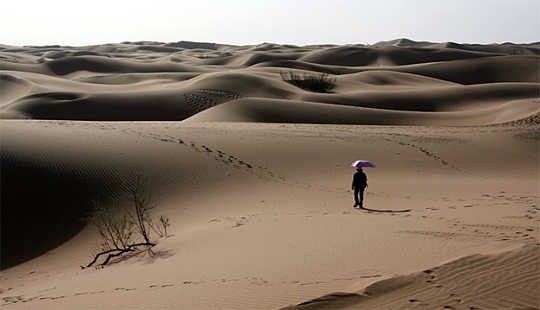 Creeping desertification in China is swallowing thousands of square kilometres of productive soil every year. It’s a challenge of gigantic and unprecedented proportions.
Creeping desertification in China is swallowing thousands of square kilometres of productive soil every year. It’s a challenge of gigantic and unprecedented proportions.
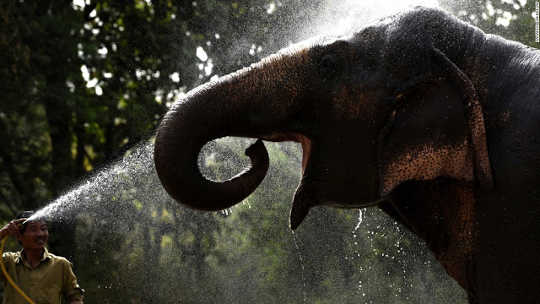 On May 19, India’s all-time temperature record was smashed in the northern city of Phalodi in the state of Rajasthan. Temperatures soared to 51?, beating the previous record set in 1956 by 0.4?.
On May 19, India’s all-time temperature record was smashed in the northern city of Phalodi in the state of Rajasthan. Temperatures soared to 51?, beating the previous record set in 1956 by 0.4?.
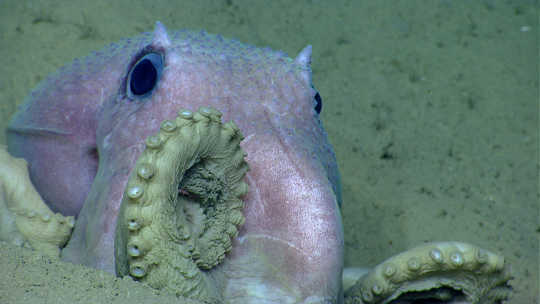 Squid, octopus and cuttlefish populations are booming across the world. These fast-growing, adaptable creatures are perfectly equipped to exploit the gaps left by extreme climate changes and overfishing, according to a study colleagues and I published in the journal Current Biology.
Squid, octopus and cuttlefish populations are booming across the world. These fast-growing, adaptable creatures are perfectly equipped to exploit the gaps left by extreme climate changes and overfishing, according to a study colleagues and I published in the journal Current Biology.
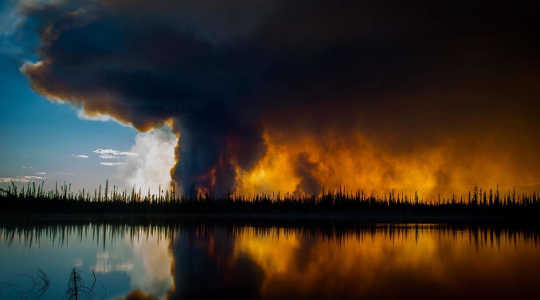 Dramatic images of out-of-control wildfires in western North American forests have appeared on our television and computer screens with increasing regularity in recent decades, while costs of fire suppression have soared.
Dramatic images of out-of-control wildfires in western North American forests have appeared on our television and computer screens with increasing regularity in recent decades, while costs of fire suppression have soared.
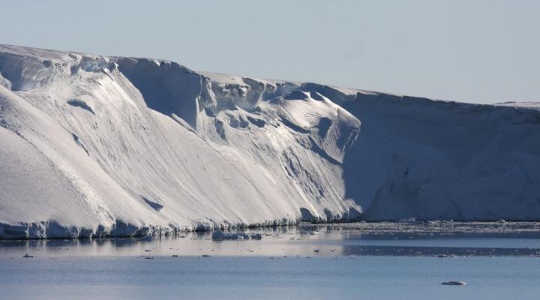 A huge glacier in the frozen wastes of East Antarctica, a region previously thought stable, could melt much faster than expected, scientists say.
A huge glacier in the frozen wastes of East Antarctica, a region previously thought stable, could melt much faster than expected, scientists say.
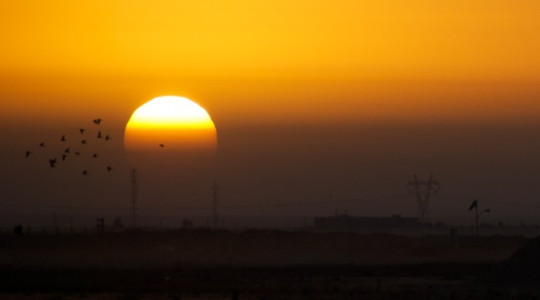 Temperatures in the Middle East and North Africa could reach unbearably high levels that would make some regions uninhabitable and increase the pressures of climate refugees.
Temperatures in the Middle East and North Africa could reach unbearably high levels that would make some regions uninhabitable and increase the pressures of climate refugees.
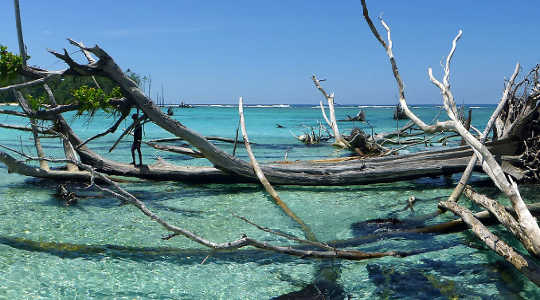 Sea-level rise, erosion and coastal flooding are some of the greatest challenges facing humanity from climate change.
Sea-level rise, erosion and coastal flooding are some of the greatest challenges facing humanity from climate change.
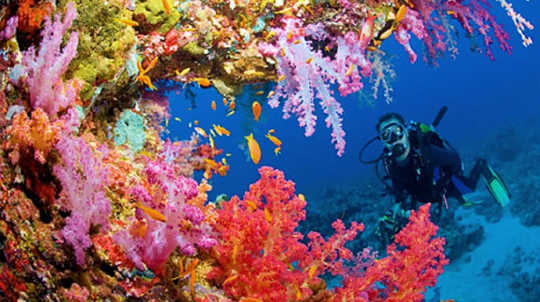 A team of marine scientists has returned from nearly a month of scuba diving on coral reefs in the middle of the equatorial Pacific Ocean. What they saw will haunt them for a long time.
A team of marine scientists has returned from nearly a month of scuba diving on coral reefs in the middle of the equatorial Pacific Ocean. What they saw will haunt them for a long time.
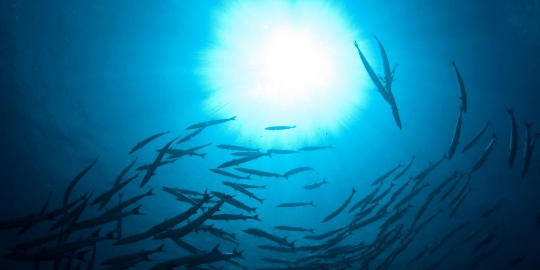 Marine life faces increased threats as researchers warn that warmer waters caused by climate change could seriously reduce the levels of oxygen in the world’s seas.
Marine life faces increased threats as researchers warn that warmer waters caused by climate change could seriously reduce the levels of oxygen in the world’s seas.
- By Tim Radford
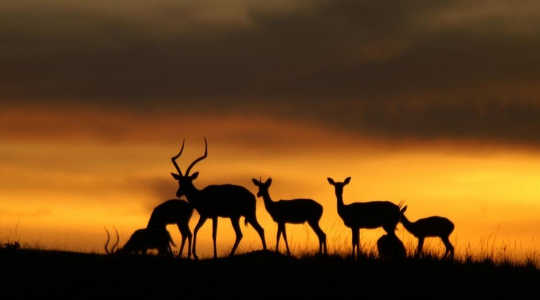 Researchers warn that many of Africa’s antelope species are at greater risk of extinction as climate change adds to the survival challenges they already face.
Researchers warn that many of Africa’s antelope species are at greater risk of extinction as climate change adds to the survival challenges they already face.
 Scientists warn that the current pleasures of warmer weather will pall for US citizens as climate change brings extreme temperature rises and unhealthy levels of atmospheric ozone.
Scientists warn that the current pleasures of warmer weather will pall for US citizens as climate change brings extreme temperature rises and unhealthy levels of atmospheric ozone.
- By Tim Radford
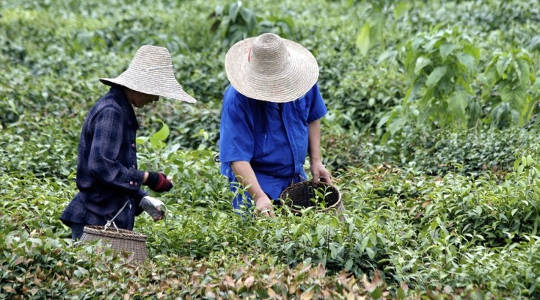 Research in China shows that the changing monsoon pattern in East Asia and heavier rainfall is having a detrimental effect on the yield and quality of tea.
Research in China shows that the changing monsoon pattern in East Asia and heavier rainfall is having a detrimental effect on the yield and quality of tea.














